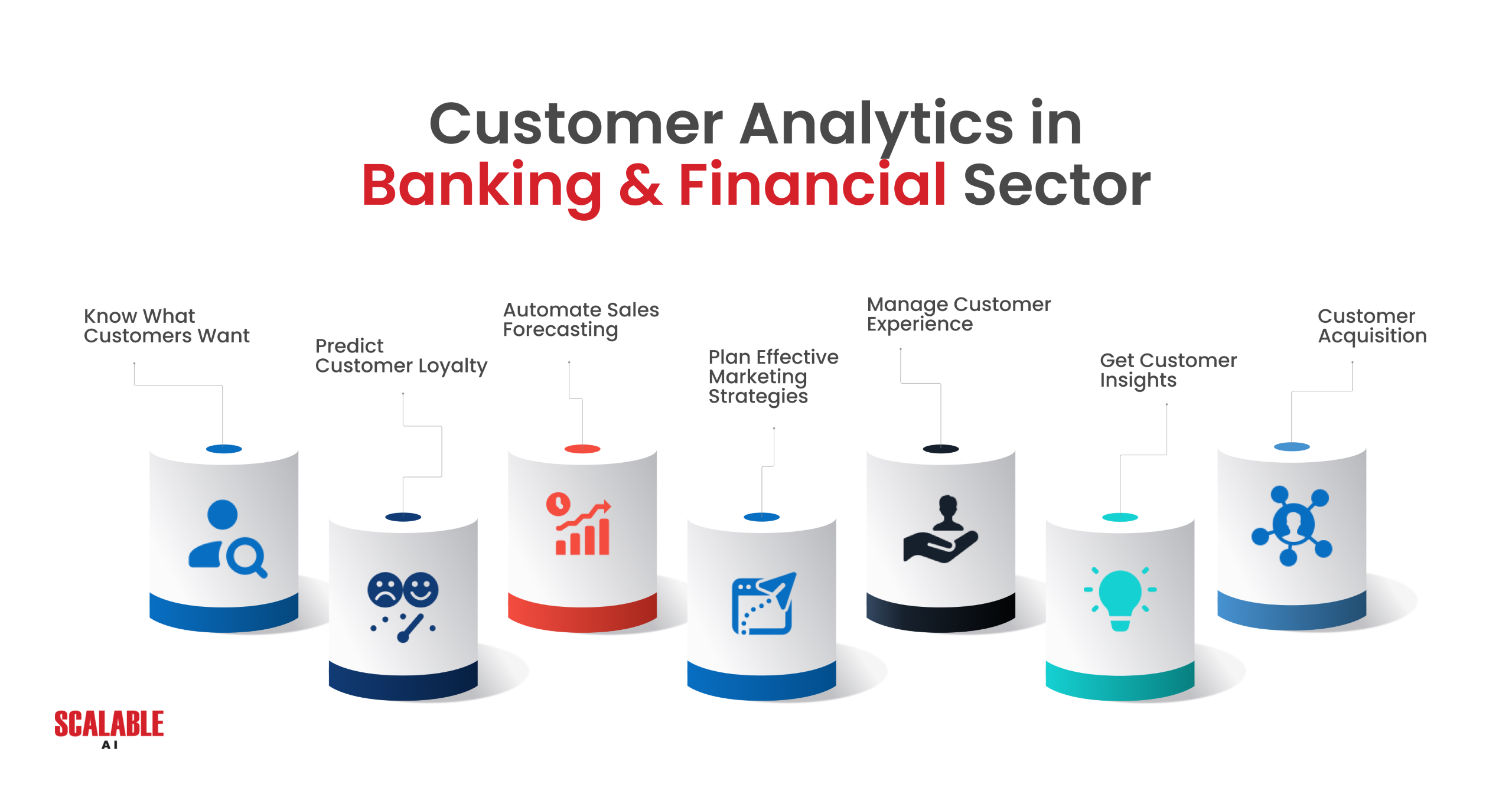In today’s fast-paced digital world, the financial services industry is undergoing a seismic shift. Customers are no longer content with one-size-fits-all solutions; they demand personalized experiences that cater to their individual needs and preferences. This shift has placed immense pressure on financial institutions to harness the power of customer data to deliver tailored services. The key to meeting these demands lies in understanding and leveraging customer data insights.
The Rise of Personalization in Financial Services
Personalization has become a cornerstone of modern financial services. Gone are the days when customers were satisfied with generic offerings. Today, they expect banks and financial institutions to understand their unique financial situations, preferences, and goals. This demand for personalized experiences is not just a trend; it’s a necessity. According to a study by J.D. Power, 80% of consumers expect personalized services from their financial providers, and those that receive them are more likely to remain loyal.
But personalization in financial services is not just about offering the right product at the right time. It’s about creating meaningful interactions that build trust and foster long-term relationships. To achieve this, financial institutions need to delve deep into customer data to uncover insights that can drive personalized experiences.
Unlocking the Power of Customer Data
Customer data is the lifeblood of personalization. Financial institutions have access to a wealth of data, including transaction histories, online behaviors, demographic information, and more. However, collecting data is only the first step. The real challenge lies in unlocking its potential to create personalized experiences.

One of the biggest hurdles financial institutions face is data silos. Often, customer data is scattered across various departments and systems, making it difficult to get a holistic view of the customer. This fragmented approach hampers the ability to deliver personalized experiences, as key insights remain hidden within isolated data sets.
To overcome this challenge, financial institutions need to invest in robust data integration and management solutions. A Customer Data Platform (CDP) is a powerful tool that can help unify customer data from multiple sources, providing a comprehensive view of each customer. By breaking down data silos, a CDP enables financial institutions to analyze customer data holistically, uncovering insights that can be used to tailor services to individual needs.
The Role of Advanced Analytics and AI
Once customer data is unified, the next step is to turn that data into actionable insights. This is where advanced analytics and artificial intelligence (AI) come into play. With the help of AI-powered tools, financial institutions can analyze vast amounts of data in real-time, identifying patterns and trends that would be impossible to detect manually.
For example, AI can help financial institutions predict customer behavior, such as the likelihood of a customer applying for a loan or switching to a competitor. These insights can be used to create personalized offers and recommendations that resonate with customers on an individual level.
Moreover, AI can enable hyper-personalization, where every interaction with the customer is tailored to their current needs and preferences. Whether it’s suggesting a new investment opportunity or offering a personalized financial plan, AI-driven insights can help financial institutions deliver the right message at the right time, enhancing the overall customer experience.
Overcoming Challenges in Data-Driven Personalization
While the benefits of data-driven personalization are clear, implementing it is not without challenges. One of the biggest concerns is data privacy. As financial institutions collect and analyze vast amounts of customer data, they must ensure that they comply with stringent data protection regulations, such as GDPR and CCPA. Failure to do so can result in hefty fines and damage to the institution’s reputation.
To address these concerns, financial institutions must implement robust data governance frameworks that prioritize privacy and security. This includes encrypting sensitive data, implementing access controls, and ensuring that customer consent is obtained before data is used for personalization purposes. Additionally, financial institutions should be transparent with customers about how their data is being used and provide them with the ability to opt-out of data collection if they choose.
Another challenge is the integration of legacy systems with modern data analytics platforms. Many financial institutions still rely on outdated technology that is not designed to handle the complexities of modern data analytics. To overcome this, institutions must invest in scalable, cloud-based solutions that can seamlessly integrate with their existing systems while providing the agility needed to adapt to changing customer demands.
The Future of Personalized Financial Services
As financial institutions continue to navigate the complexities of data-driven personalization, the future looks promising. With the right technology and strategies in place, financial institutions can unlock the full potential of customer data, creating personalized experiences that not only meet but exceed customer expectations.
In the future, we can expect to see even more sophisticated personalization strategies, driven by advancements in AI and machine learning. These technologies will enable financial institutions to anticipate customer needs with greater accuracy, delivering hyper-personalized experiences that are truly unique to each individual.
Moreover, as customers become more accustomed to personalized services in other industries, their expectations for financial services will continue to rise. Financial institutions that fail to keep pace with these expectations risk losing customers to more innovative competitors.
Conclusion
The era of one-size-fits-all financial services is over. Today, customers expect personalized experiences that cater to their individual needs and preferences. To meet these expectations, financial institutions must harness the power of customer data insights. By unifying customer data, leveraging advanced analytics and AI, and overcoming challenges related to data privacy and legacy systems, financial institutions can deliver personalized services that build trust, foster loyalty, and drive long-term success.
As the financial services industry continues to evolve, the ability to deliver personalized experiences will become a key differentiator. Those that invest in the right technology and strategies today will be well-positioned to thrive in the future, delighting customers with services that are tailored to their unique needs and preferences.
Read Whitepaper Data Dilemmas: Solving Financial Services Challenges
